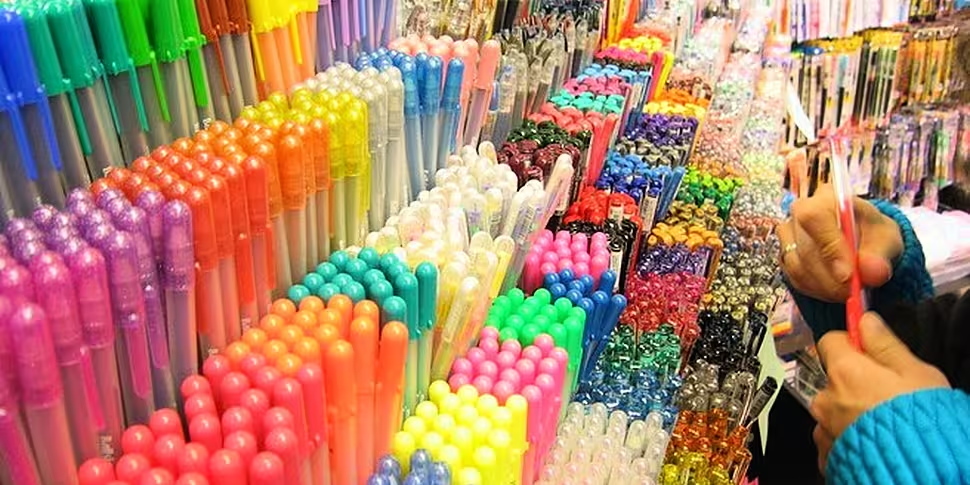It’s mightier than the sword they say, and now Barbara Feeney will be poking into the history of the humble pen in her ‘Stationery Cupboard’ segment on today’s Moncrieff Show.
Barmy for biros? Listen in live at 2.45pm: http://www.newstalk.com/player/
In the modern world, we all see to be slaves to the keyboard, be it a crumb-filled health hazard at work, or an infuriatingly presumptive nuisance on your phone. But it turns out that when it comes to crossing our Ts and dotting our Is the old-fashioned way, it might actually be better for our brains.
It has proven to have a calming effect, known as graphotherapy. Marc Seifer, a handwriting expert who literally wrote the book on it (The Definitive Book of Handwriting Analysis), says that scribbling a sentence like ‘I will be more peaceful’ at least 20 times per day can have a calming influence on the writer.
(That might also explain why Barbara has 'Mrs Seán Moncrieff' etched all over her notebooks, with lovehearts above the Is.)
This phenomenon is particularly stronger in people with attention deficit disorder and trains the brain to calm down and focus, spreading a feeling of calm across a racing mind.
And going back to your primary school roots and looping your scrawl in beautifully manicured joined handwriting is an easy way to improve brain power.
Children learning how to manipulate pens and pencils to craft shapes and letters fire up both sides of their brain, and benefit more by putting pen to paper than by using technology.
And continuing this into old age can help keep minds focussed, and is a great tool for baby boomers to keep things sharper than the tip of a fountain pen.









